BLOG

What Are the Key Benefits of Using Flexible Twistable Waveguides in Modern Communication Systems?
March 6, 2025
In today's rapidly evolving telecommunications landscape, the demand for efficient, reliable, and adaptable transmission solutions has never been greater. Flexible Twistable Waveguides represent a critical innovation in modern communication infrastructure, offering unparalleled versatility in high-frequency signal transmission applications. These precision-engineered components enable communication systems to overcome physical constraints while maintaining optimal performance. By combining the superior signal propagation characteristics of traditional waveguides with the adaptability needed for complex installations, Flexible Twistable Waveguides have become indispensable across satellite communications, aerospace, defense, and telecommunications sectors. With the ability to bend and twist while preserving signal integrity, these advanced transmission lines solve critical design challenges in space-restricted environments and demanding applications where rigid components simply cannot perform adequately.
How can I choose the right Custom WG to Coaxial Adapter for my specific requirements?
March 5, 2025
Selecting the appropriate Custom WG to Coaxial Adapter is crucial for ensuring optimal performance in microwave and radio frequency (RF) systems. These specialized components serve as the critical interface between waveguide transmission lines and coaxial cables, making them essential for maintaining signal integrity and system reliability. Advanced Microwave Technologies Co., Ltd's Custom WG to Coaxial Adapters are precision-engineered components designed to meet the diverse requirements of modern RF applications. This comprehensive guide will explore the key factors to consider when selecting these adapters, helping you make an informed decision that aligns with your specific technical needs and performance goals.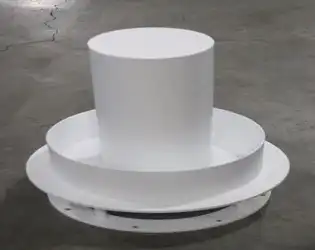
What is a Quadrifilar Helix Antenna and how does it work?
March 5, 2025
The Quadrifilar Helix Antenna (QHA) represents one of the most sophisticated and versatile antenna designs in modern communication systems. This unique antenna consists of four helical conductors wound around a common axis, creating a structure that provides exceptional omnidirectional coverage with circular polarization. Quadrifilar Helix Antennas have gained significant popularity in satellite communications, GPS systems, and various aerospace applications due to their remarkable radiation pattern characteristics and compact size. The design allows for consistent signal strength regardless of antenna orientation, making QHAs particularly valuable in mobile and satellite reception scenarios where traditional antennas might struggle. This comprehensive exploration will delve into the intricate mechanics, diverse applications, and technical advantages that make the Quadrifilar Helix Antenna an indispensable component in advanced communication systems.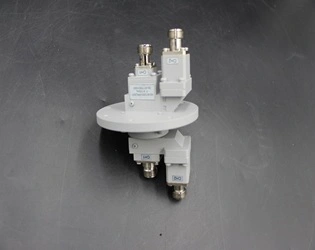
How is a Dual Channel Coaxial Rotary Joint different from a single-channel rotary joint?
March 5, 2025
Dual Channel Coaxial Rotary Joints represent a significant advancement over their single-channel counterparts, offering enhanced capabilities for modern communication and detection systems that demand simultaneous transmission of multiple signals. Unlike single-channel rotary joints that can only transmit one signal pathway between rotating and stationary parts, a Dual Channel Coaxial Rotary Joint enables the simultaneous and independent transmission of two separate RF signals across a rotating interface without interruption or signal degradation. This dual-channel functionality essentially doubles the capacity of conventional rotary joints while maintaining the compact form factor that makes coaxial designs preferable to waveguide alternatives in many applications. At Advanced Microwave Technologies Co., Ltd, our Dual Channel Coaxial Rotary Joint solutions are precision-engineered to deliver superior performance across a wide frequency range from DC to 40 GHz, with exceptional insertion loss characteristics of ≤0.2 dB and VSWR ≤1.25:1, making them ideal for critical applications in satellite communications, aerospace, defense, and industrial automation where reliability and signal integrity are paramount.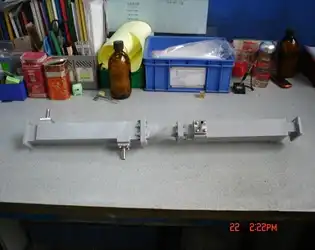
What materials are used in constructing Water-Cooled Twist Waveguides?
March 4, 2025
Water-cooled twist waveguides represent a crucial advancement in high-power microwave transmission systems, combining sophisticated materials engineering with precision cooling technology. The primary materials used in constructing these specialized waveguides include high-conductivity oxygen-free copper (OFHC) for the main waveguide body, electroformed copper for intricate internal structures, and high-grade aluminum alloys for external cooling channels. These materials are specifically chosen for their excellent thermal conductivity, superior electrical performance, and resistance to corrosion. The construction also incorporates specialized brazing alloys for joining components and high-performance polymer seals for water channel integrity. Each material plays a vital role in ensuring optimal electromagnetic transmission while maintaining thermal stability under high-power conditions.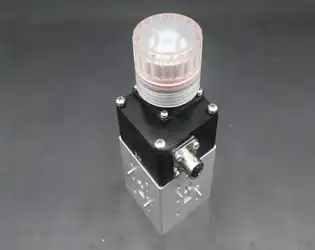
How does a Waveguide Electromechanical Switch work?
March 4, 2025
A Waveguide Electromechanical Switch is a sophisticated microwave component that enables controlled switching of electromagnetic waves between different waveguide paths. These switches operate through a precise mechanical mechanism actuated by electromagnetic forces, allowing for the selective routing of microwave signals. The switch typically consists of a movable conducting element within the waveguide structure that can be positioned to either permit or block wave propagation along specific paths. When activated, the electromagnetic actuator moves this conducting element to redirect the microwave energy with minimal signal loss and exceptional isolation between ports.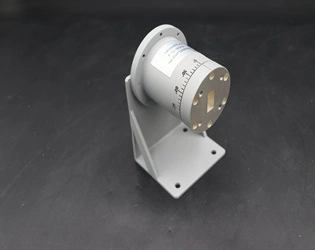
How does a 90° Polarized Rotary Joint differ from a regular rotary joint?
March 4, 2025
Understanding the distinctive characteristics of specialized microwave components is crucial for engineers and system designers working in high-frequency applications. Among these components, rotary joints play a vital role in maintaining signal integrity across rotating interfaces. This article explores the key differences between 90° Polarized Rotary Joints and standard rotary joints, highlighting their unique features, applications, and benefits in various industries. A 90° Polarized Rotary Joint represents a specialized variant of rotary joints designed specifically to maintain polarization orientation during rotation. Unlike regular rotary joints that simply transfer RF energy between stationary and rotating parts, 90° Polarized Rotary Joints incorporate advanced design elements to preserve the 90-degree polarization angle of electromagnetic waves throughout rotation. This critical capability ensures signal integrity in applications where polarization stability is paramount, such as satellite communications, radar systems, and advanced telecommunications infrastructure, making 90° Polarized Rotary Joints indispensable for maintaining optimal performance in demanding rotating microwave systems.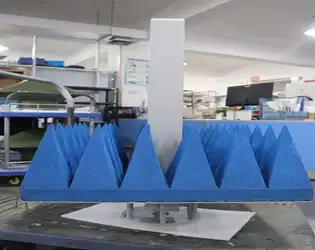
How to measure the performance of a near field measurement probe?
March 3, 2025
In the realm of microwave technology and antenna engineering, accurately assessing the performance of measurement equipment is paramount to ensuring reliable system operation. The Antenna Near Field Measurement Probe represents one of the most critical tools in this field, serving as the foundation for precise electromagnetic field characterization. This blog post explores the methodologies, critical parameters, and best practices for evaluating the performance of near field measurement probes, providing engineers and technicians with comprehensive guidance to optimize their measurement systems.




